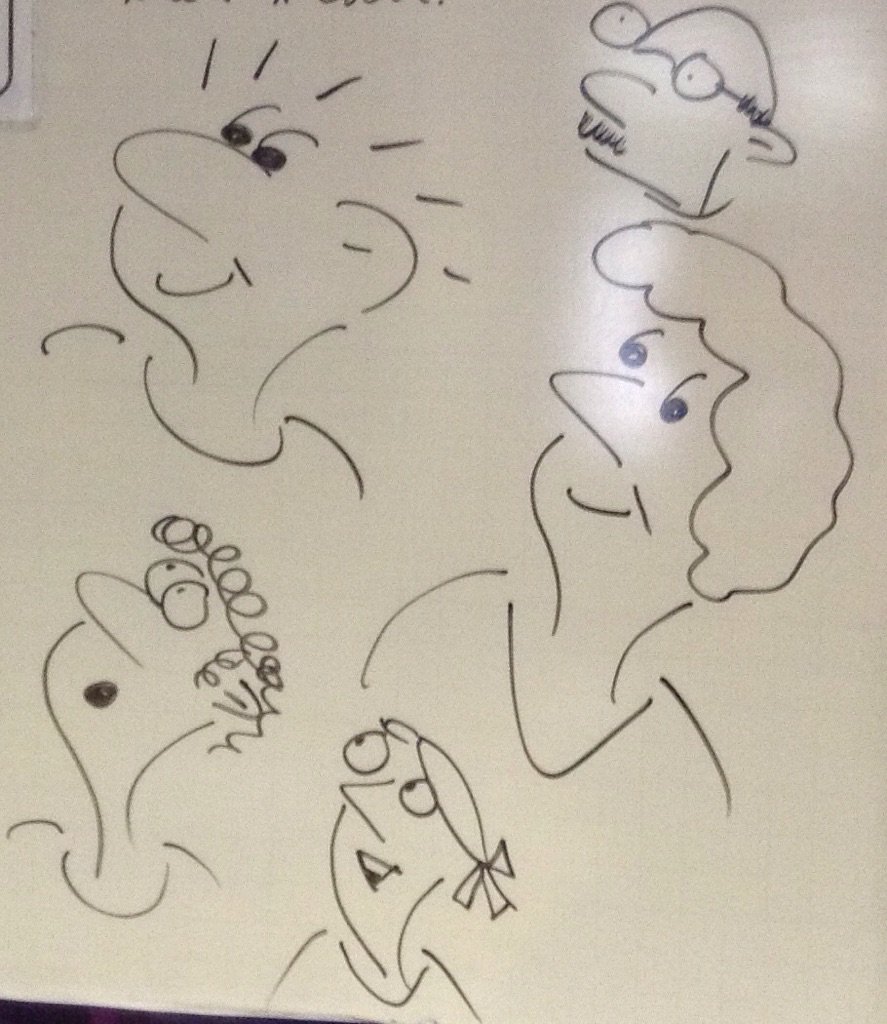I've watched TED Talks in the past. This week, for the first time, I used on in class. We used the one below, with a fantastic outcome and enjoyment by all.
The talk was engaging, interactive and at a level that all my Year Five children could join in with. The picture below shows my efforts.
All children were involved in all of the lesson. They listened intently and followed the instructions in the video. In fact, in my maths lesson that followed, I had to remind many that the art lesson had ended and we were now focusing on something else!
Following on from this experience, I'm going to look for some more TED Talks that could be useful in class. Some linked to our curriculum, some to inspire about writing, maths or science and others to deliver a message, thought or outlook on life. I'll update this blog post with any that I use. In addition, if you have any that would be good to show in a primary classroom, please let us know in a comment below, email or via Twitter.
TED Ed is also worth looking at for videos aimed more directly at what may be part of a school's curriculum.




